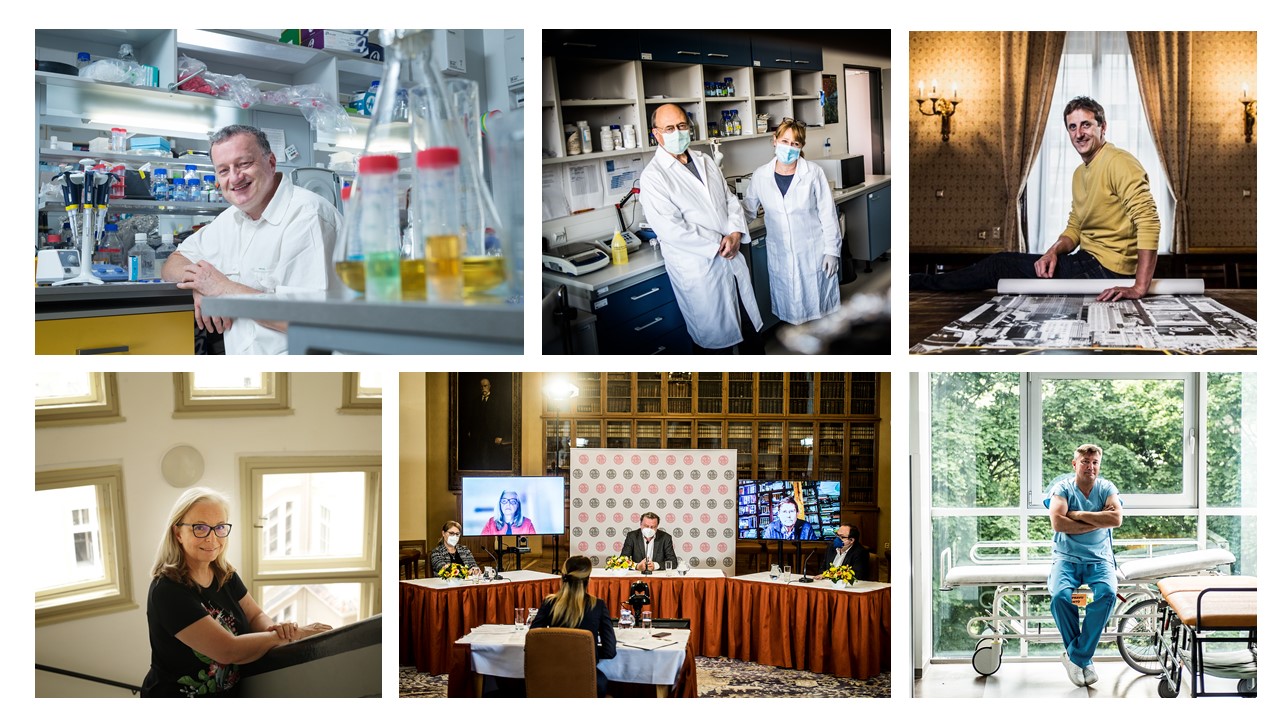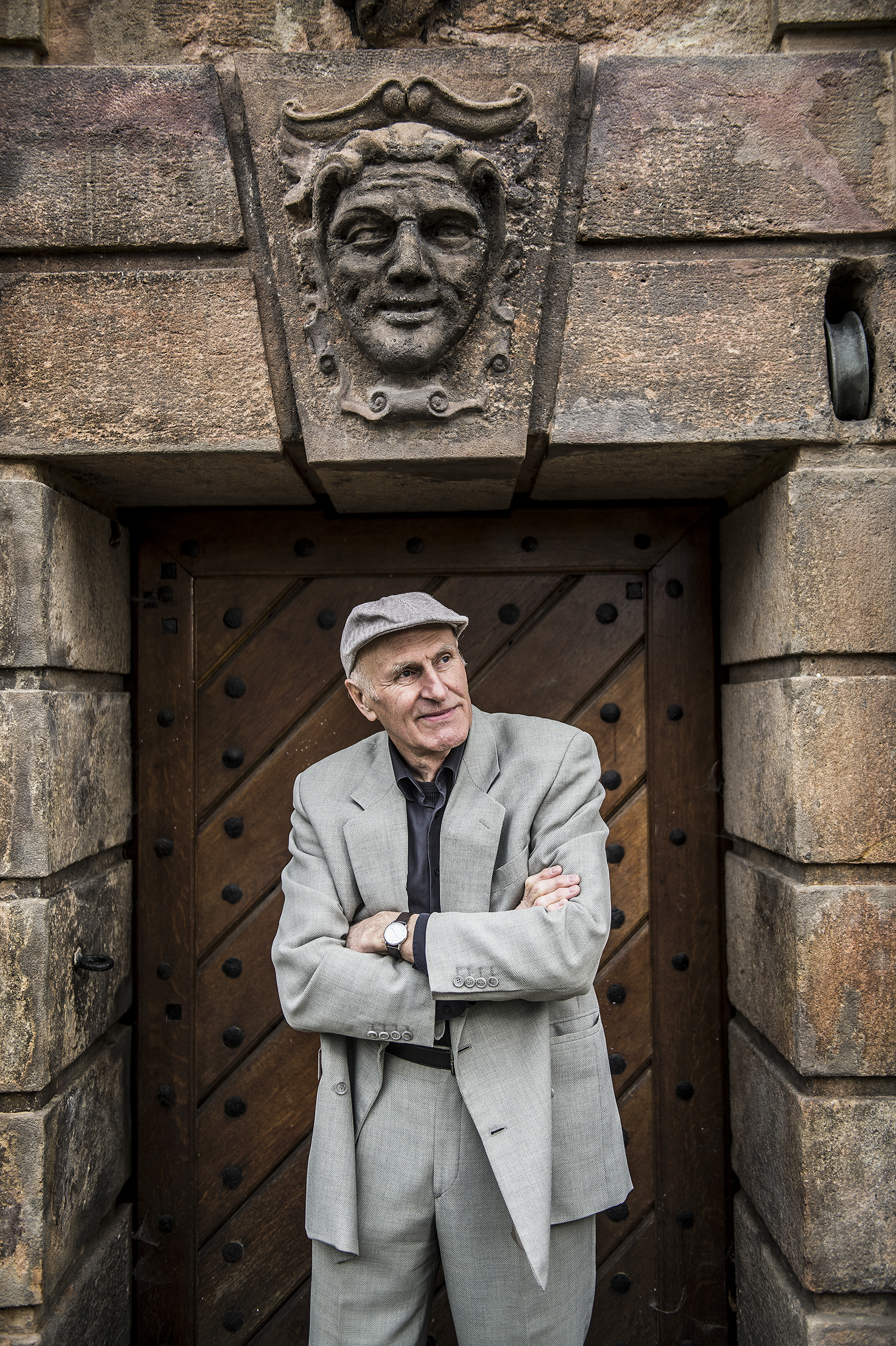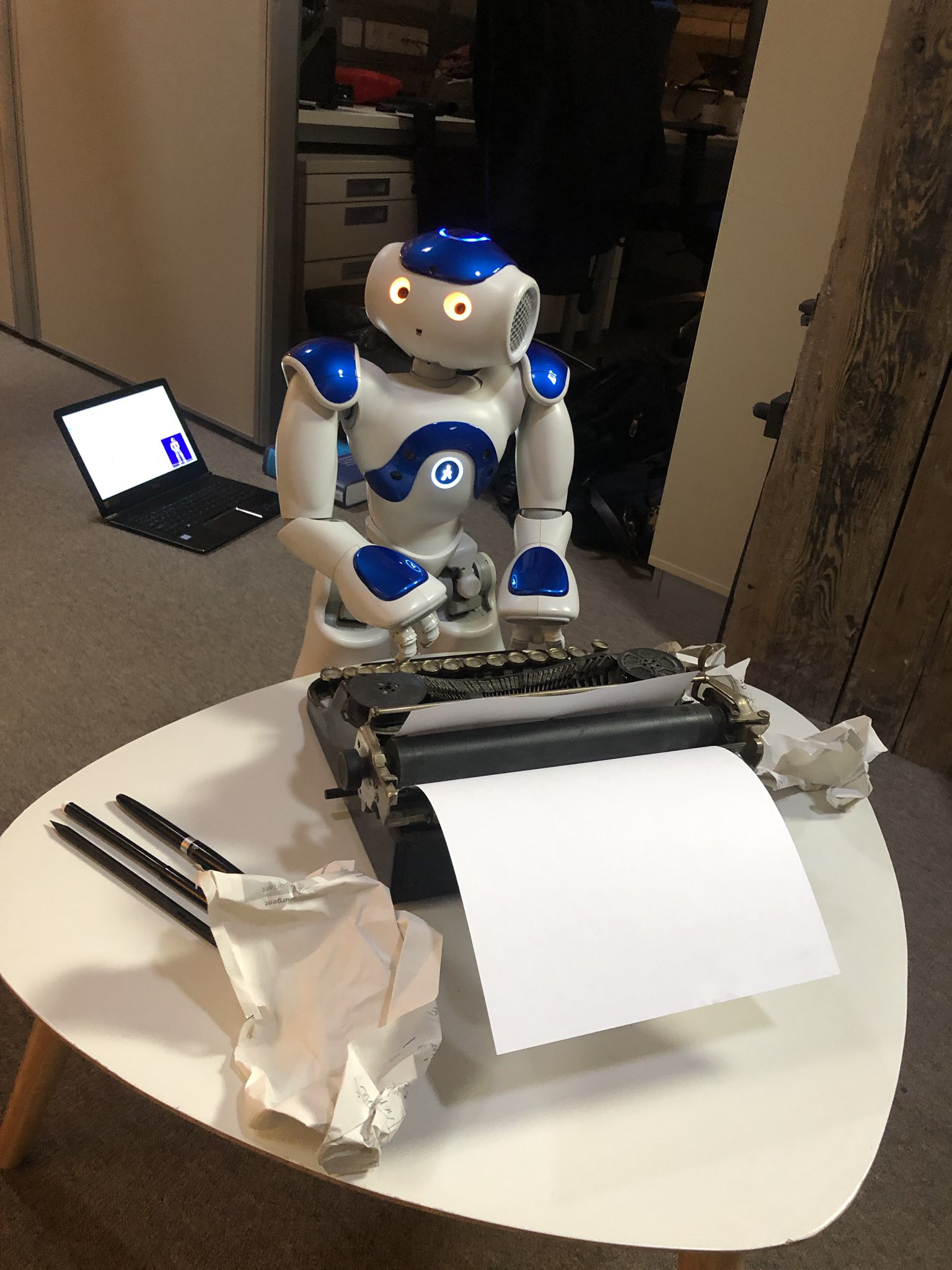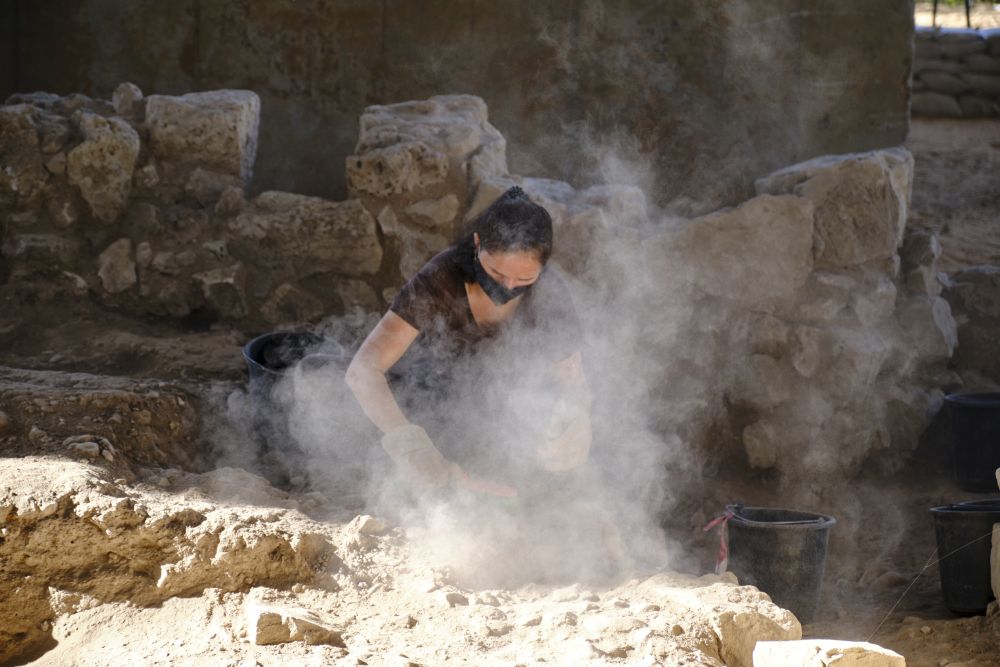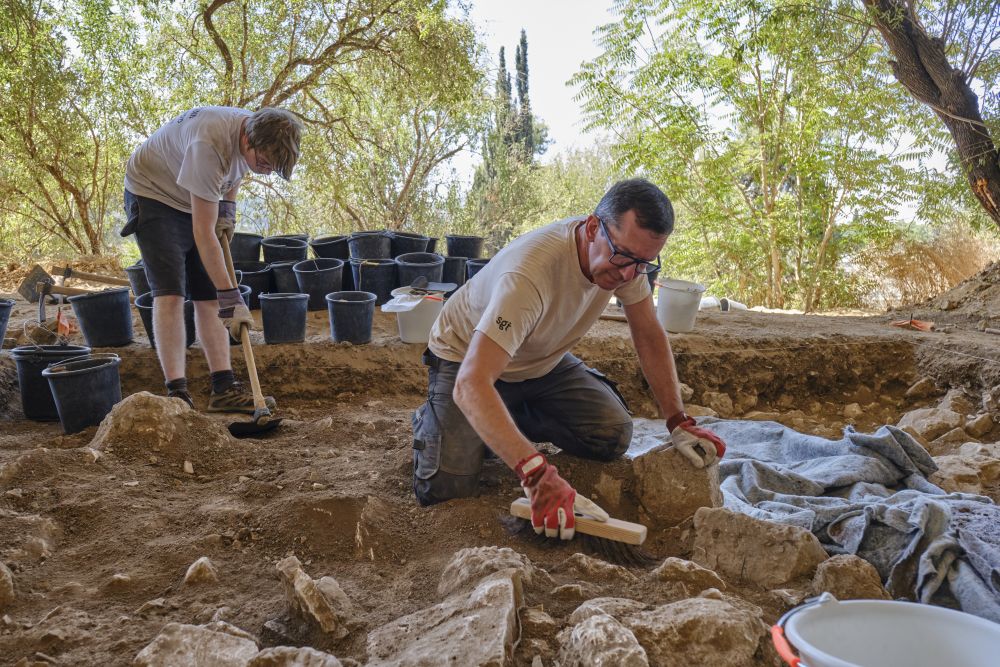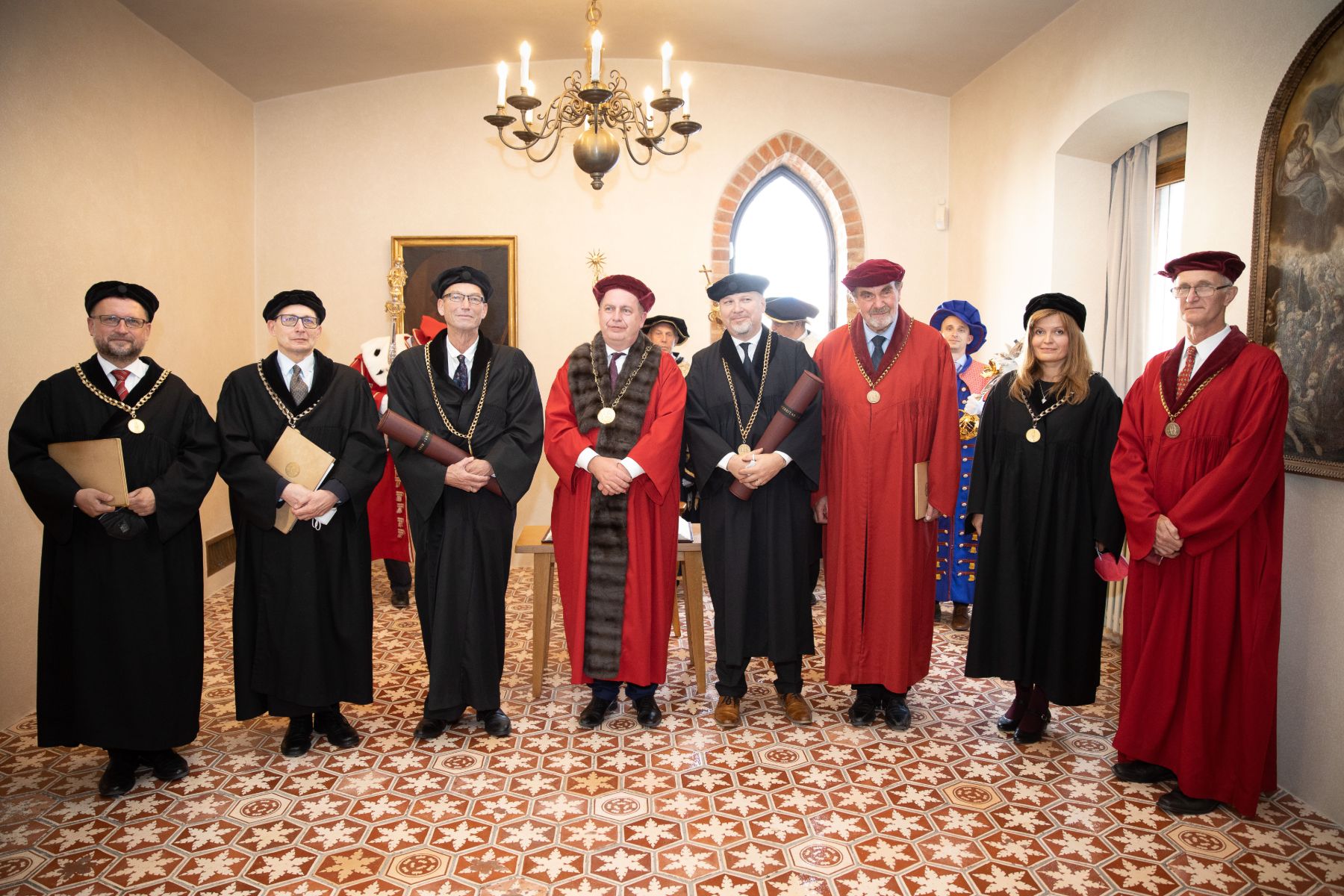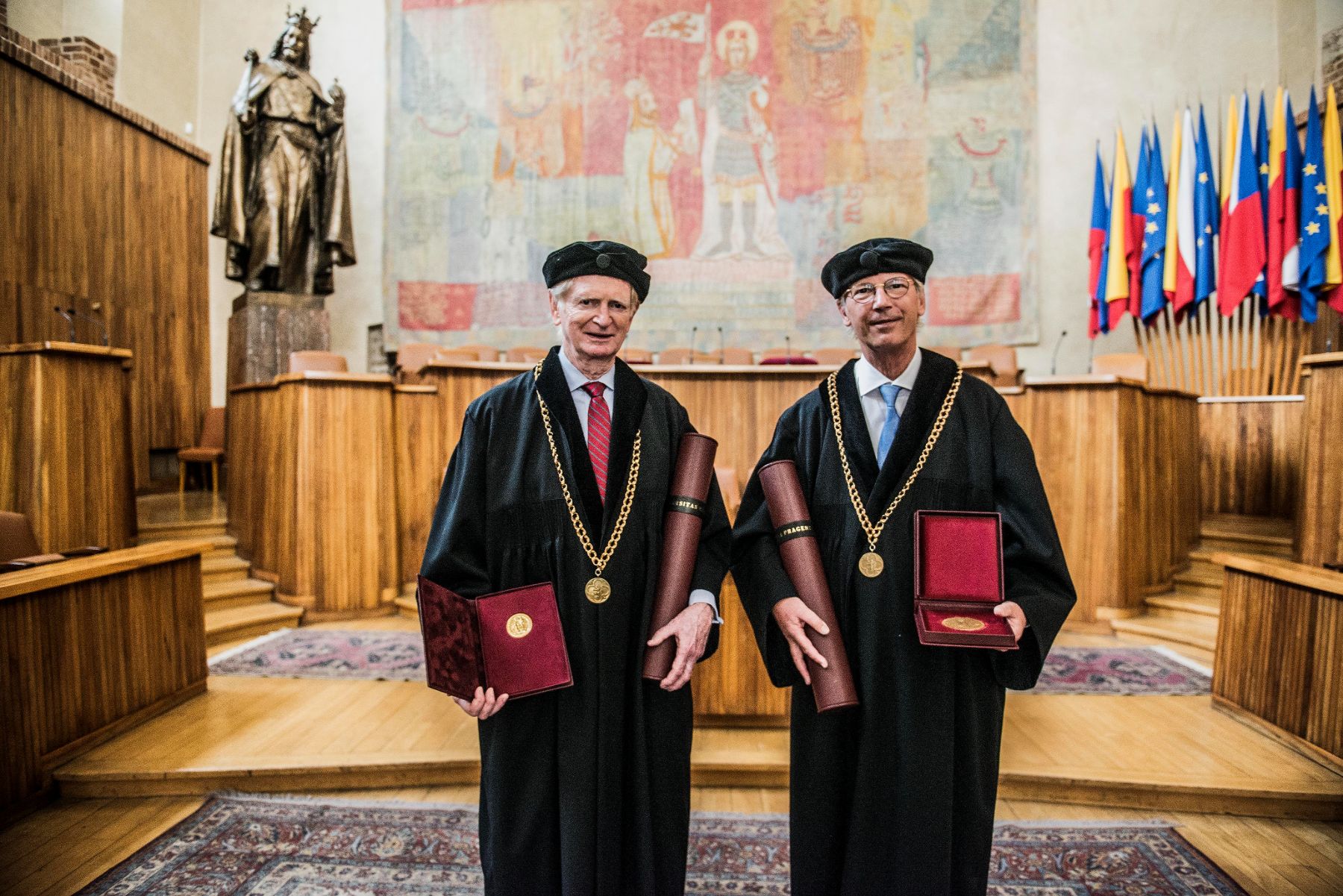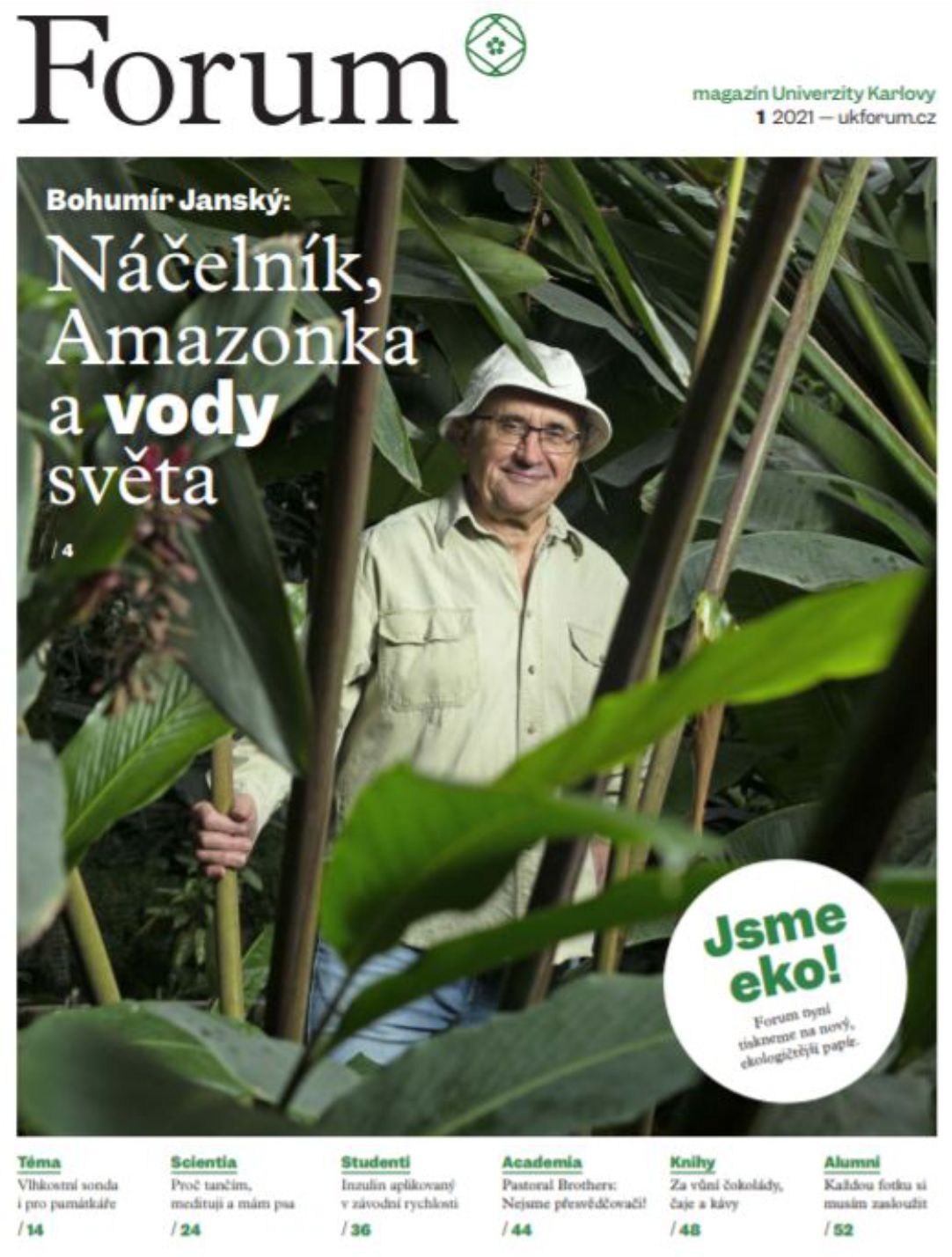The year 2021 was the second year of the pandemic, which brought additional complications for many in Czech science. Some had to deal with parental responsibilities and the home schooling of children, others found it difficult to cooperate abroad, while some worked tirelessly in the fight against Covid-19 as well as keep the public abreast of the latest developments. Charles University experts also took part in numerous debates and programmes debunking fake news and disinformation as well as studying the social and economic impact of the disease and countermeasures. CU's Jan Konvalinka, Ruth Tachezy, Filip Matějka and Dagmar Dzúrová were at the forefront of discussion about Covid and vaccines. We also reported on the importance of getting the jab even as news of a new variant, Omicron, emerged.
Scientific discoveries published in Nature and Science
Scientists affiliated with Charles University saw their research published in prestigious scientific journals from around the world. For example, researchers from Charles University, together with colleagues from the Botanical Institute of the Czech Academy of Sciences, the University of South Bohemia and the Czech University of Life Sciences Prague, studied the biodiversity of Cameroonian nature for more than 15 years, compiling unique data that they contributed to an international study published in the journal Nature.
“We have long known that African forests are valuable for their unique biodiversity, where they are home to many rare plants and animals. Now we have found that they store almost twice as much carbon as predicted, which increases their importance in terms of climate regulation and the need for protection because they are disappearing very quickly,” ecologist David Horák from the Faculty of Science at CU told Forum in August.
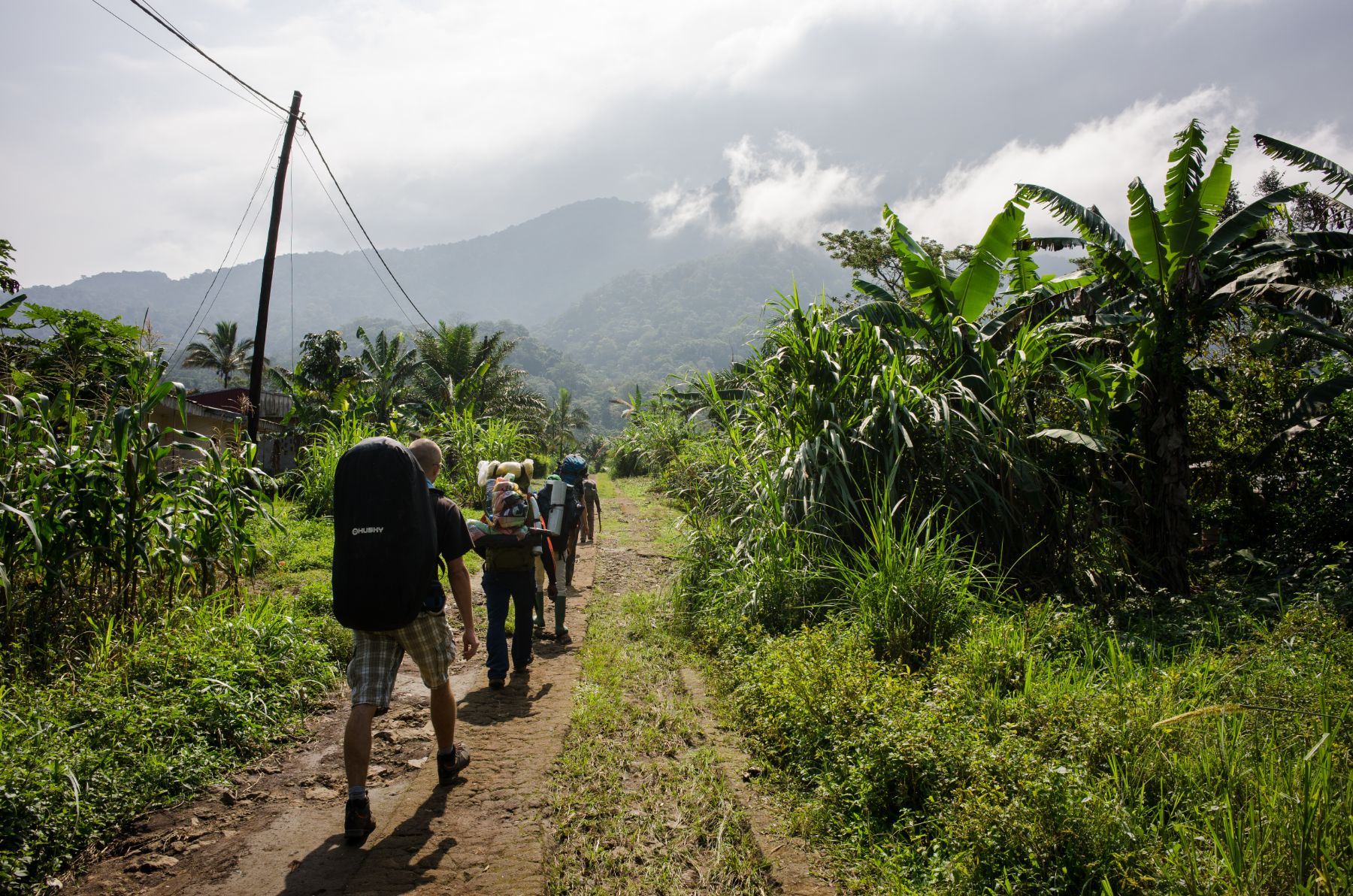
Czech scientists on a research expedition in Cameroon.
The findings of another study, published in Science, which tracked changes in vegetation over the past 18,000 years, were also surprising. Paleoecologist Petr Kuneš from the Faculty of Science at Charles University participated in the research: “We expected the biggest changes in vegetation to be at the end of the Ice Age or in connection with the Industrial Revolution in the 18th century. We were surprised that it was the last four thousand years." Thus, according to the scientists, in recent years we may be observing merely the “tip of the iceberg” of a long-term process that began in the distant past. Even so, the changes may be related to human activity.
“Four thousand years ago, there were no major climate changes, but we are starting to see major changes in vegetation, and at the same time humans are starting to have a major impact on their surroundings - cutting down and burning forests, establishing fields, breeding animals,” Ondřej Mottl, who is currently based at the University of Bergen, told Forum in May. However, he added that more analysis and understanding of the connections is still needed, which is the focus of the upcoming international Humans on Planet Earth (HOPE) project, which combines paleoecological data with information on climate and human populations.
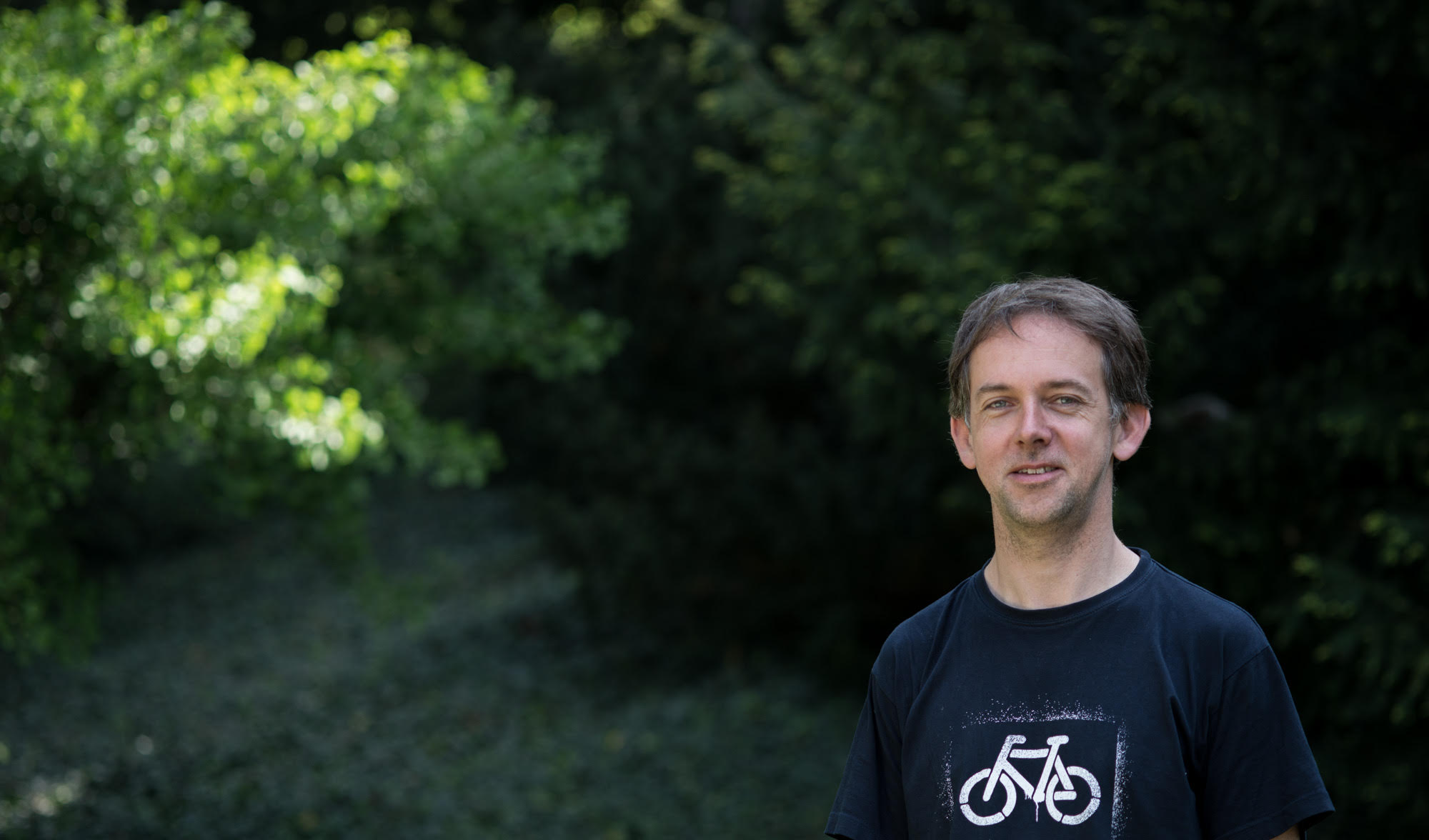
Paleoecologist Petr Kuneš published in Science.
Both of these studies are among the top scientific publications tracked by the Nature Index, for example. Charles University has shown a clear increase in the last five years in the index of papers from 82 selected science journals: in the past year (counting the year to September 2021), CU scientists have contributed articles to a number of other renowned journals such as PNAS, Cell, ACS Nano, Angewandte Chemie, The EMBO Journal and other titles from the Nature family. Significant contributions were made by experts from CU’s Faculty of Mathematics and Physics, and the Faculty of Pharmacy and also from a number of medical schools.
ERC grant holders made a mark
The past year was also publication-rich for two holders of prestigious European Research Council (ERC) grants from the Faculty of Science. Filip Kolář's research team described in the May issue of PNAS that even evolution can repeat itself under certain conditions and also explained how plants adapt to toxic soils in the August issue of Nature Communications. Matthias Fendrich's group in turn revealed how plant roots grow (May, Nature Plants) and elucidated the rapid function of the plant hormone auxin (ibid., July).
Publications, an historic computer game, predicting election results
As usual, CU’s Top Quality Monograph Competition for 2021 (but published before that date) was announced. First place went to the book Sherabad Oasis: Tracing Historical Landscape in Southern Uzbekistan (Karolinum Press, 2019) edited by archaeologists Ladislav Stanč and Petra Tušlová from the Faculty of Arts of Charles University.
Speaking of the Faculty of Arts, 2021 saw additional printings of Professor Martin Hilský's Shakespeare's England: Portrait of an Age (Academia 2020), which received the Magnesia Litera Book of the Year 2021. Forum magazine published an extensive interview with Professor Hilský in both Czech and English (the country’s foremost expert on Shakespeare was featured on the Forum EN cover).
In addition to basic research, there was also applied science. For example, researchers from the Faculty of Mathematics and Physics (Marek Omelka and Ondřej Týbl) celebrated a nationwide success with a model of the 2021 parliamentary election results, which accurately predicted the narrow outcome prior to the final results!
Game developers from Charles Games, a spin-off of Charles University, presented a new computer game, Svoboda 1945: Liberation, after an earlier highly-successful video game Atentát 1942. Players will learn about the turbulent history of the Czech-German border region after the end of World War II and the rise of communism. The games, highly interactive and narrative based, are anchored in historical research, testimonies and other social sciences [Forum EN is publishing a story on Svoboda 1945 on January 3, 2022 - ed. note]. Experts from the CU's Centre for Knowledge and Technology Transfer (CPPT) as well as its subsidiary Charles University Innovations Prague (CUIP) have been contributing to linking basic research findings to applications for many years.
|
On the occasion of the centenary of the word robot, which first appeared in the play R.U.R. by Karel Čapek, scientists from the Faculty of Mathematics and Physics and theatre artists from Švanda Theatre and the Academy of Performing Arts tried just that. The play, titled AI: When a Robot Writes a Play, was generated by artificial intelligence (AI) for the first time ever. "To be completely accurate, in this play, the AI wrote only individual scenes from which the dramaturg chose and arranged them into the form of a play. We are planning to launch the play, which will actually be written entirely by AI, in a year's time," explained Rudolf Rosa. The play has been covered by Science magazine and The Guardian. |
Discoveries below ground... and hopefully soon in space
Archaeology at CU is not only the domain of Egyptologists or “prehistorians” from the Faculty of Arts, but also by representatives of other units. For example, scientists from the Protestant Theological Faculty of Charles University have cooperated on the excavation of a unique temple in Israel, that in some ways was reminiscent of the famous Temple of Solomon in size. According to the story, biblical King Solomon had it built as the only religious centre of the Kingdom of Judah. “It cannot be the 'First Temple' both in terms of location and the nature of the settlement, some six kilometres outside of Jerusalem explained Filip Čapek, who headed a team of CU theologians who took part in the excavation. (images of the Israeli excavations can be seen below).
Charles University scientists were involved in a truly groundbreaking research at the very end of the year. Günther Kletetschka from the Faculty of Science at CU and Vilém Mikula, a CU graduate currently working at NASA, were contributors to the construction of the new James Webb Space Telescope (JWST), which was launched into space on 25 December. “This is the most ambitious and complex astronomy project ever undertaken, and was scheduled for completion in 2007. However, it was repeatedly postponed and only now have we lived to see it,” says Kletetschka.
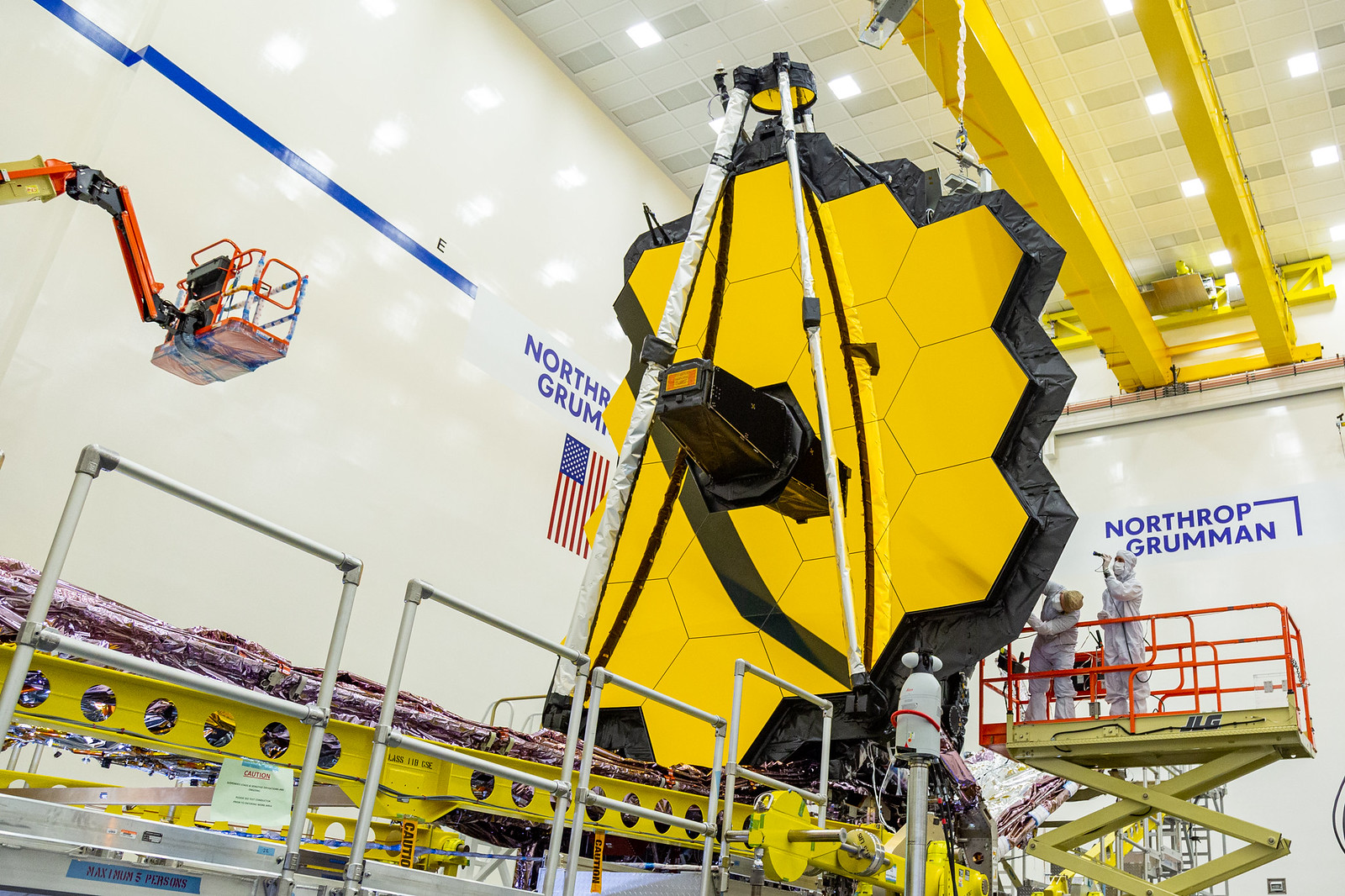
TThe James Webb Telescope consists of 18 hexagonal gold-plated beryllium mirrors that form a 6.5 metre diameter area. Photo: NASA
Renowned international experts honoured
After a one-year hiatus caused by the coronavirus pandemic, four honorary doctorates were awarded at Charles University in 2021 which include the title Doctor honoris causa. The world-famous Norwegian anthropologist Thomas Hylland Eriksen, Czech language expert at the University of Regensburg Marek Nekula, American addictology expert Thomas F. Babor and the German virologist Hans-Georg Kräusslich were the four honoured by CU.
|
Charles University and its Faculty of Science, the Ministry of Culture and the National Museum, together with more than a dozen other important companies and individuals, prepared a unique exhibition that took stock of the achievements of Czech scientists on their journey to discover the sources of the “Queen of Rivers”. The exhibition was created on the occasion of the jubilee of its author and curator, Professor Bohumír Janský, a geographer and hydrologist working at the Faculty of Science of Charles University, who was also on the cover of the first issue of Forum magazine. The exhibition can still be viewed in an impressive 3D visualisation. |
Women in Science and elections for a new rector at Charles University
On the occasion of the International Day of Women and Girls in Science, Forum presented inspiring female scientists from seventeen faculties of Charles University. In 2021, we also held the several times postponed full-day conference Women in Science, for which the editors had already prepared a special issue of Forum magazine.
October saw the election of the university’s next rector, electing a woman to the post of rectress for the very first time in the school’s 674-year history: doctor and scientist Milena Králíčková. Ladislav Krištoufek, an economist from the Faculty of Social Sciences, who gave an interview to Forum about bitcoin, is expected to become the new vice-rector for science. The new team of Rectress Milena Králíčková (pictured below) will take over the leadership of the largest and oldest Czech university in February 2022 and wants to emphasize quality research, without which modern university teaching of students would be unimaginable.
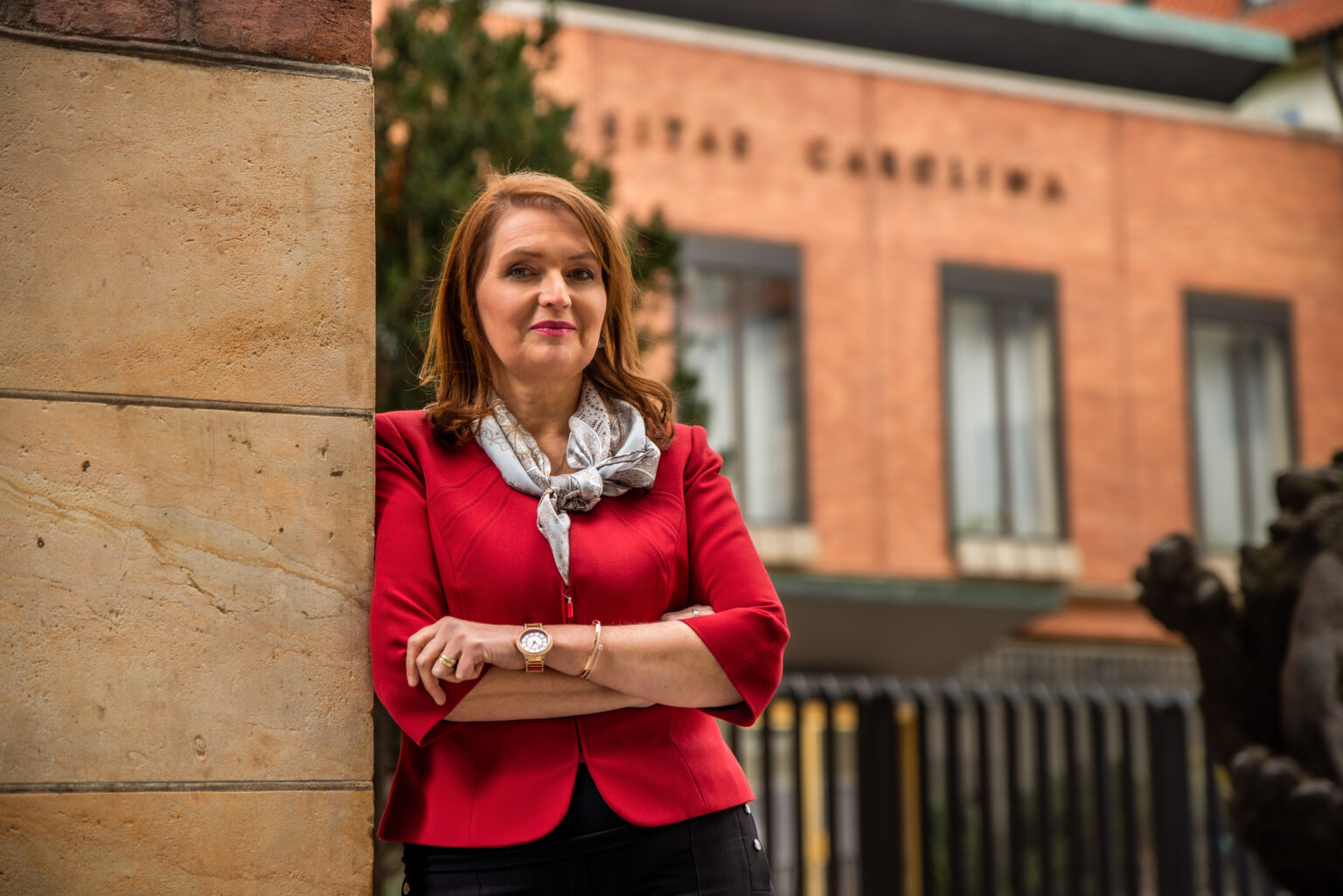
Charles University's rectress-elect Milena Králíčková. Prof. Králíčková received strong backing in the election to head CU as of February 2022.
This was only a sliver of the overall accomplishments and successes by CU scientists over the course of 2021. There are many more that were covered by the Czech edition of Forum [this translation is itself abridged for length, find more information about CU experts' many acomplishments here].
Forum looks forward to bringing you stories of new publications, research and findings in the new year! All the best in 2022!


